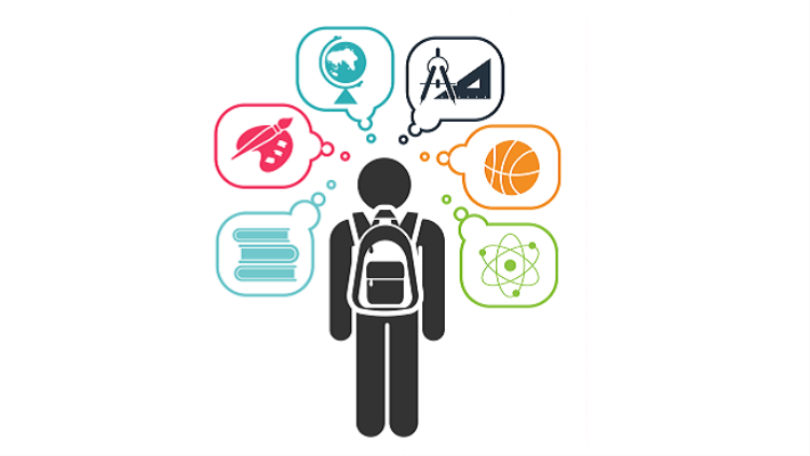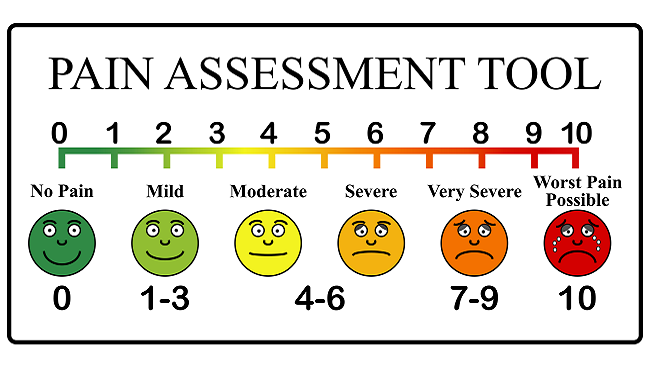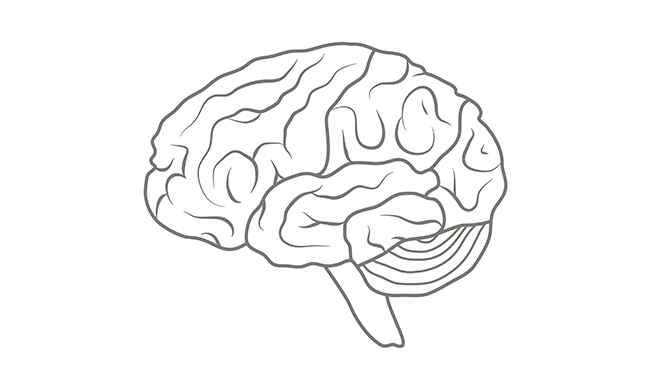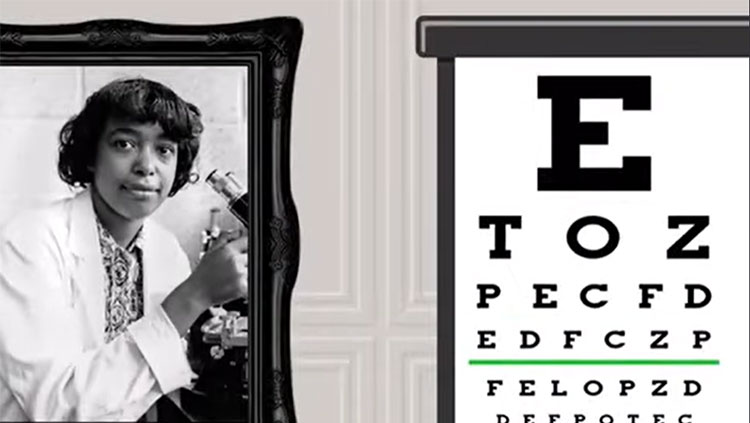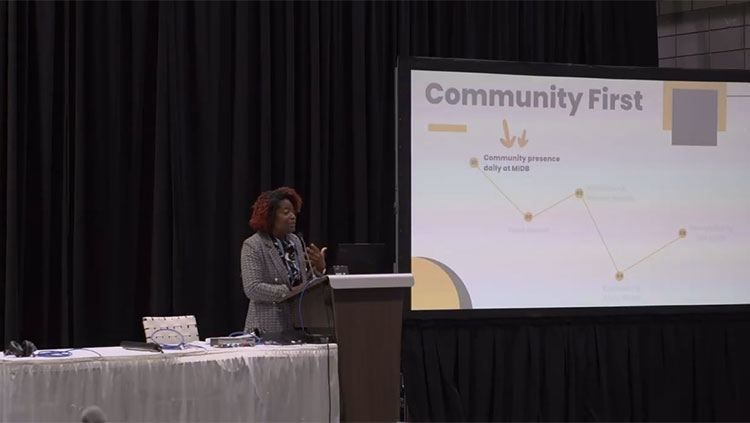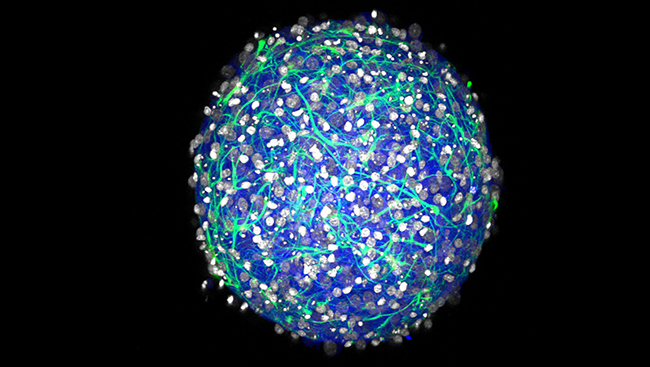
#10 Stem Cells: An Overview
In this Research & Discoveries piece, BrainFacts.org dived into the history behind the cell of unlimited potential and the possibilities that “induced” stem cells perhaps have for the development of new treatments for neurological diseases. Learn more >>
Courtesy, with permission: Hoffman-Kim lab/Brown University.

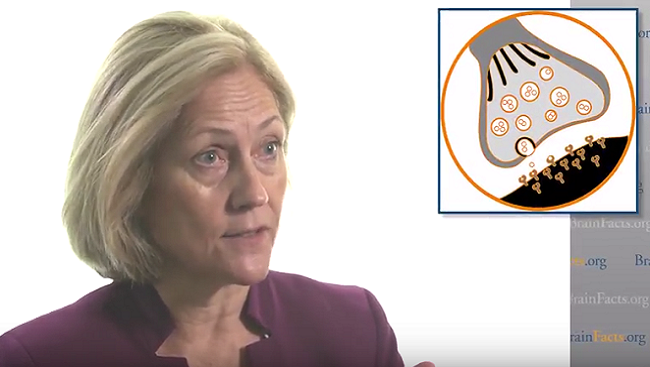
#9 The Workings of the Adolescent Brain
Although the teenage brain is apt for learning, the same wiring also makes them more prone to addition. BrainFacts.org Editorial Board Member Frances Jensen discussed how the biology of the teen brain presents particular vulnerabilities. Learn more >>

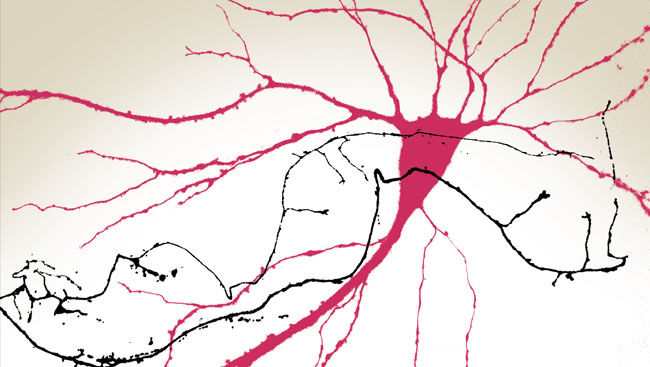
#8 Learning Styles Hurt Learning
Beth Rogowsky broke down the research that explodes the myth on learning style-based instruction and the implications for educators and teachers. Learn more >>
Peng, et al. The Journal of Neuroscience, 2010.

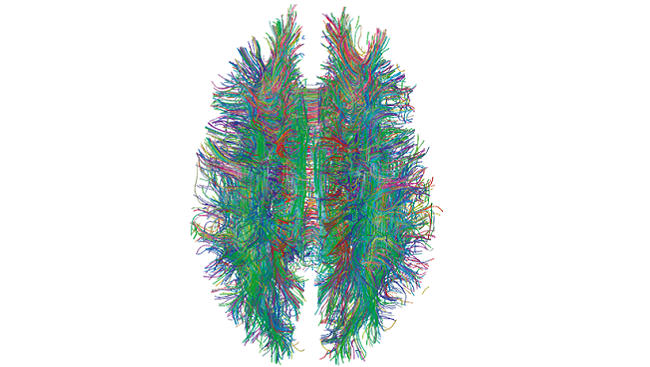
#7 Making the Connection
BrainFacts.org reported on technologies coming out of the BRAIN Initiative. This article chronicles the creation of a catalog of all the connections in the human brain that may be possible with new technological advances. Learn more >>
Gigandet X, Hagmann P, Kurant M, Cammoun L, Meuli R, et al. Estimating the Confidence Level of White Matter Connections Obtained with MRI Tractography. PLoS ONE. 3(12) (2008).

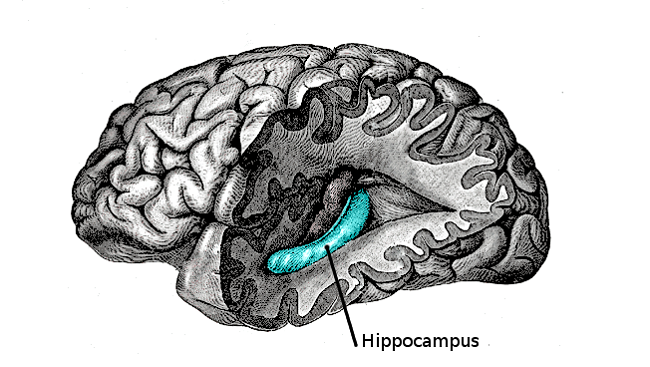
#5 Neurogenesis: An Overview
Putting a long-held neuromyth to rest, BrainFacts.org told the story of how scientists discovered that new cells are born in the brain throughout life. This finding lead to further understanding of learning and memory. Learn more >>

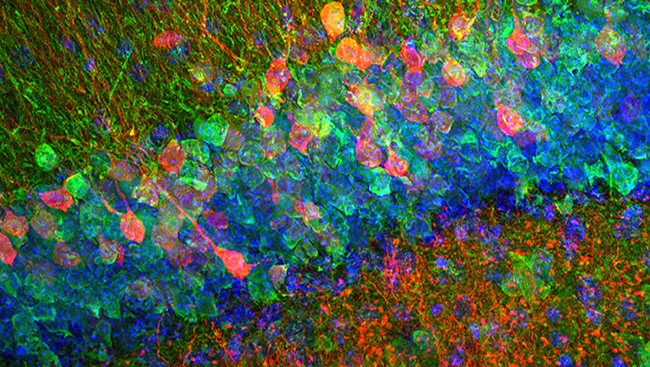
#3 Image of the Week: Neurogenesis
BrainFacts.org took readers to a place where new cells are born in the adult mouse brain: the dentate gyrus of the hippocampus. Learn more >>
Image credit: Winkle, et al. The Journal of Neuroscience, 2016.

This year, BrainFacts.org brought you stories on stem cells, neurogenesis, evolving brain mapping technologies, and more. Our most popular stories of the year illuminated your desire to know more about the brain all the way down to the neuron.
So, what were the most popular posts of 2016? Browse through this photo gallery and find out.
Click through the images and their descriptions to view our most popular posts in 2016, and click the link in each caption to visit the pages.
About the Author
Juliet M. Beverly
Juliet M. Beverly is the senior editor for BrainFacts. She previously worked at the Embassy of Austria in the Office of Science & Technology as the assistant editor for Bridges, an online magazine covering transatlantic science and technology policy.






